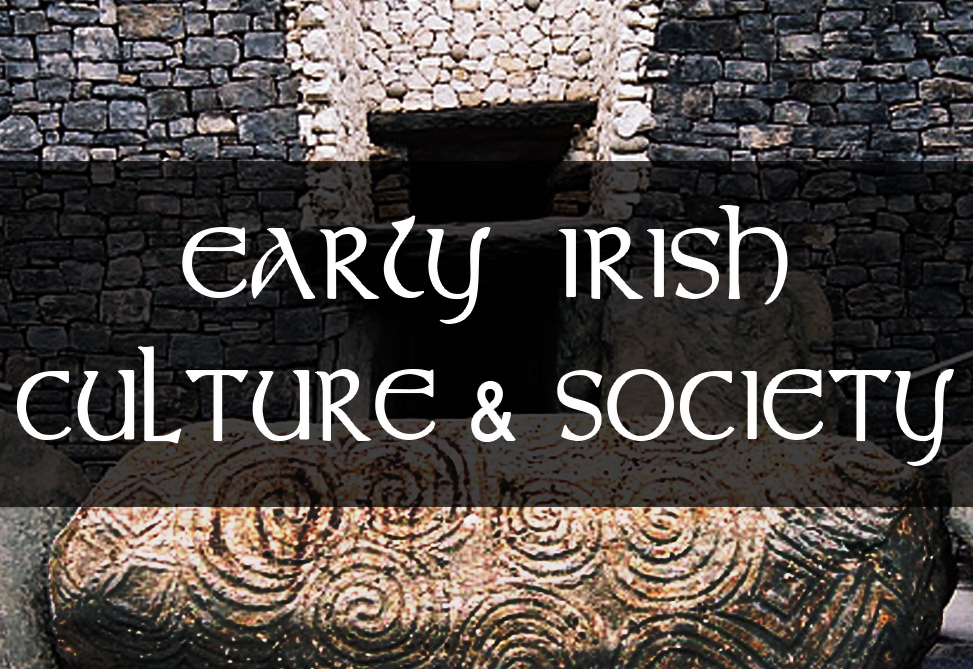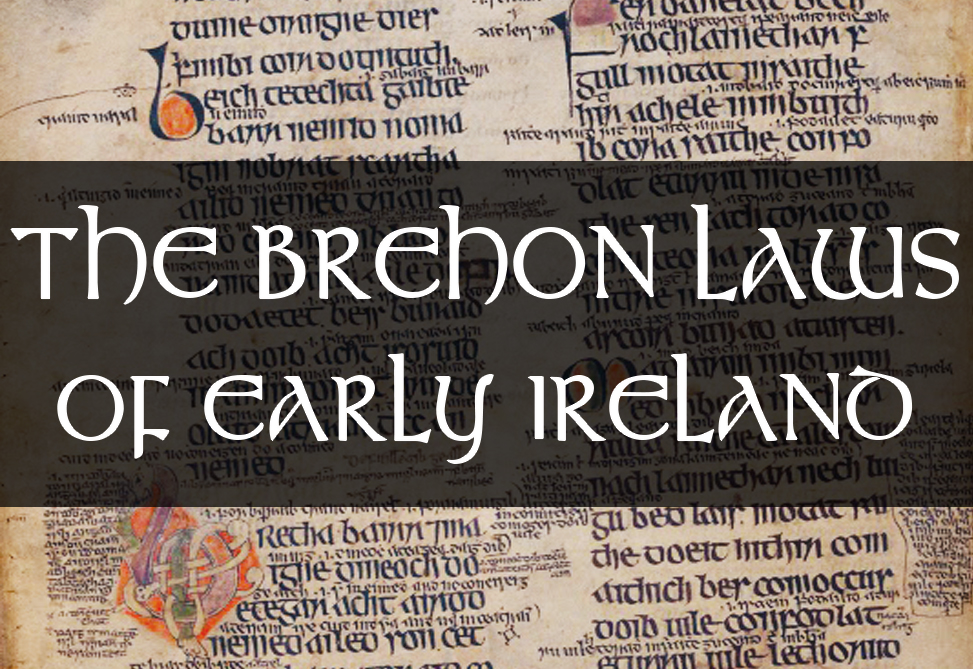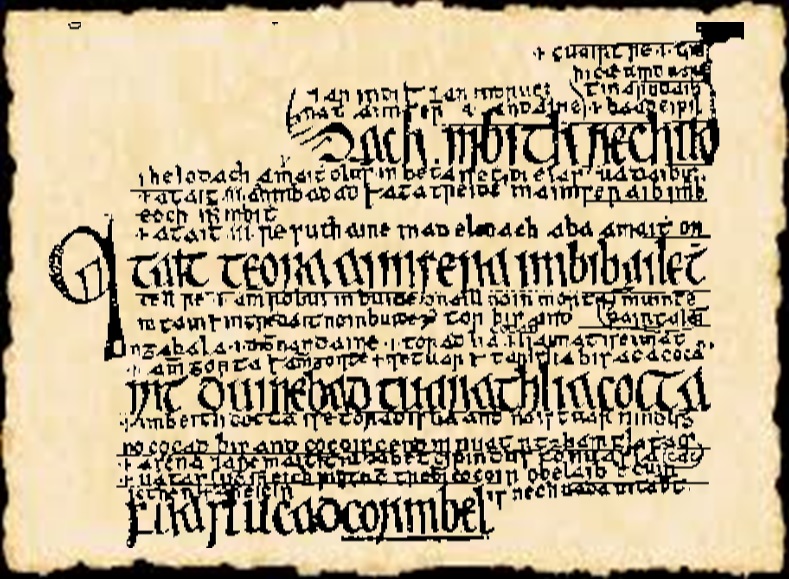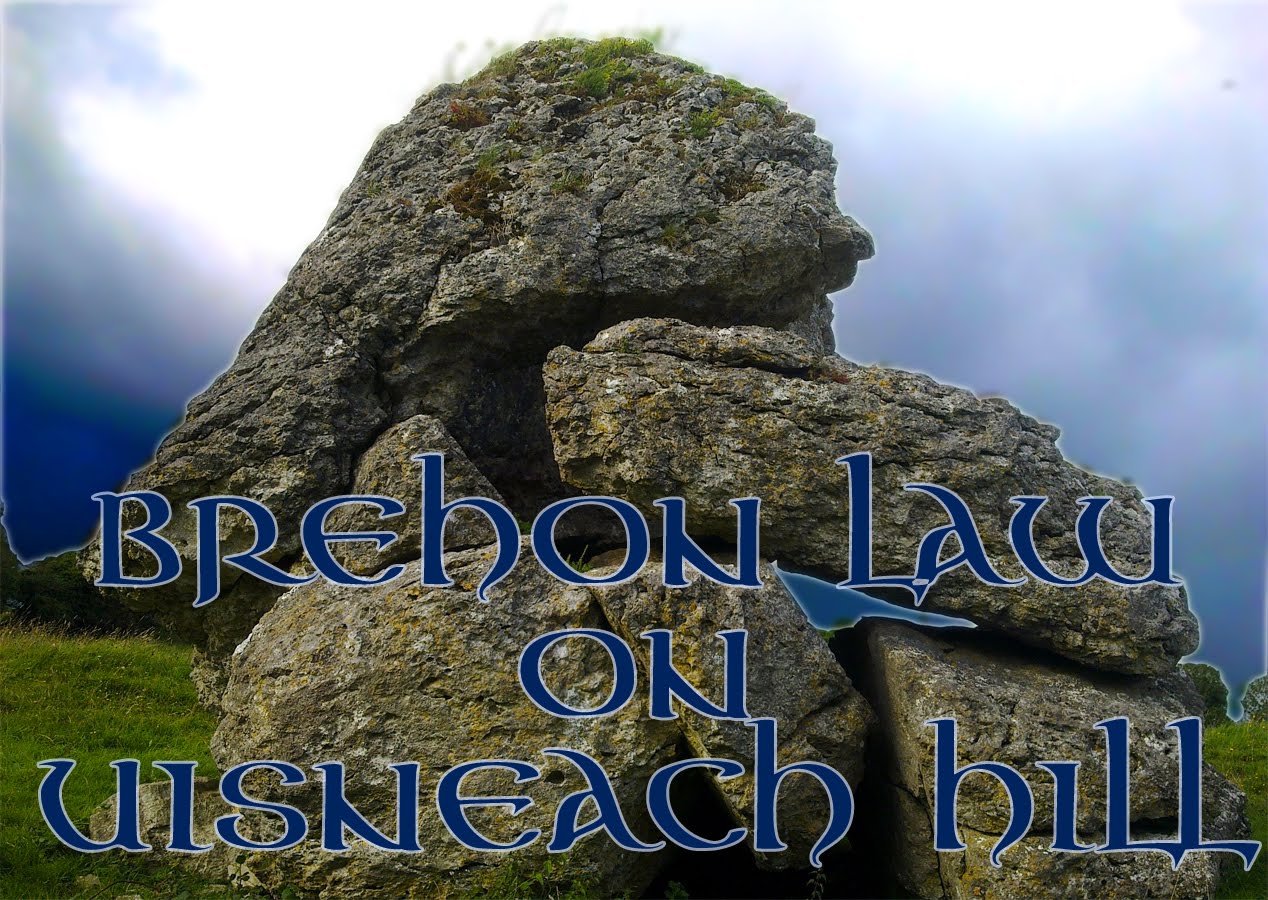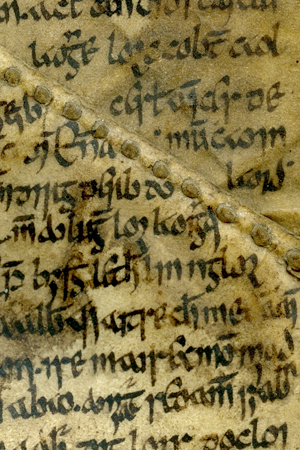Under Brehon Law, the legal procedure of a court case was a formal process that involved various steps. Firstly, the parties involved in the dispute would choose a qualified judge, known as a Brehon, to preside over the case. The Brehon would then begin by inquiring about the nature of the dispute and any evidence that might exist to support either side.
Once the Brehon had gathered all the relevant information, he would summon the parties to appear before him in a court of law. The court was held in the open air, often at a designated location that was considered neutral territory.
During the court proceedings, the parties were allowed to present their case and any evidence they had to support it. Witnesses were often called upon to testify and provide additional information about the dispute. The Brehon would carefully consider all the evidence presented and then make a ruling based on the facts of the case and the applicable law.
The Brehon’s decision was final and binding, and both parties were required to accept it. If one of the parties refused to accept the Brehon’s decision, they risked being excluded from the community and having to pay a substantial fine.
In cases where a person was found guilty of a crime, the Brehon would determine an appropriate punishment based on the severity of the offense. Punishments could include fines, public shaming, or even banishment from the community.
One unique aspect of Brehon Law was the concept of sureties. If a person was unable to pay a fine or meet a legal obligation, they could provide a surety, or guarantor, who would vouch for them and pay the debt if they were unable to do so. The use of sureties helped ensure that people fulfilled their legal obligations and avoided unnecessary conflicts.
Interestingly, a Brehon was liable for the judgements they pronounced. In order to preside over a case, they had to put up a portion of their own wealth as surety (the amount was in proportion to the value of the lawsuit).
If an “incorrect judgement” was pronounced, the Brehon forfeited their surety which was divided evenly among the two parties to the suit. They were then free to find an alternative Brehon who would give a correct judgement. “Incorrect judgement” is an interesting topic that would merit another article to dive into it in-depth.
Overall, the legal procedure of a court case under Brehon Law was a fair and formal process that relied on the judgement of a qualified judge and the presentation of evidence. The focus was on finding a just resolution that would maintain peace and harmony within the community.

